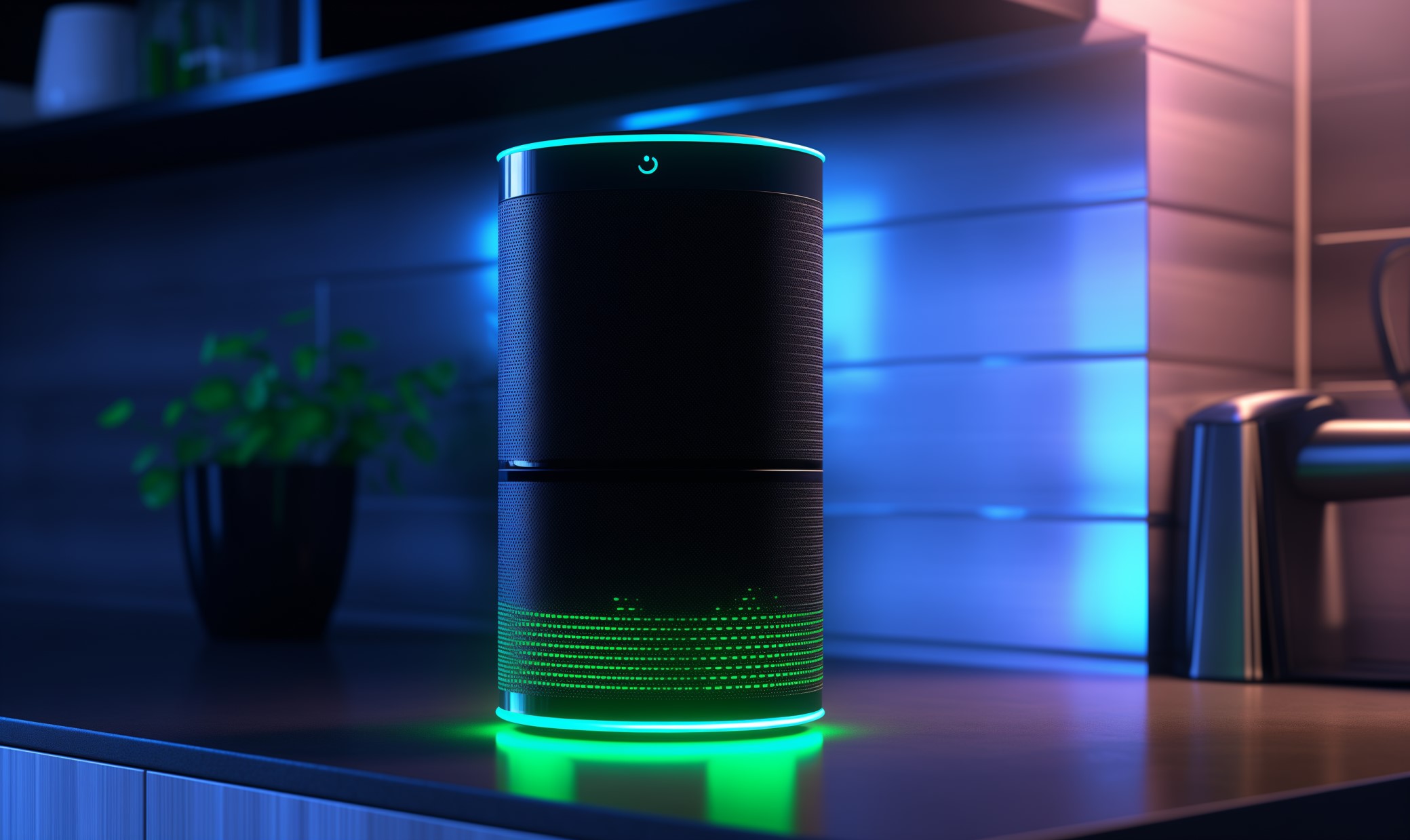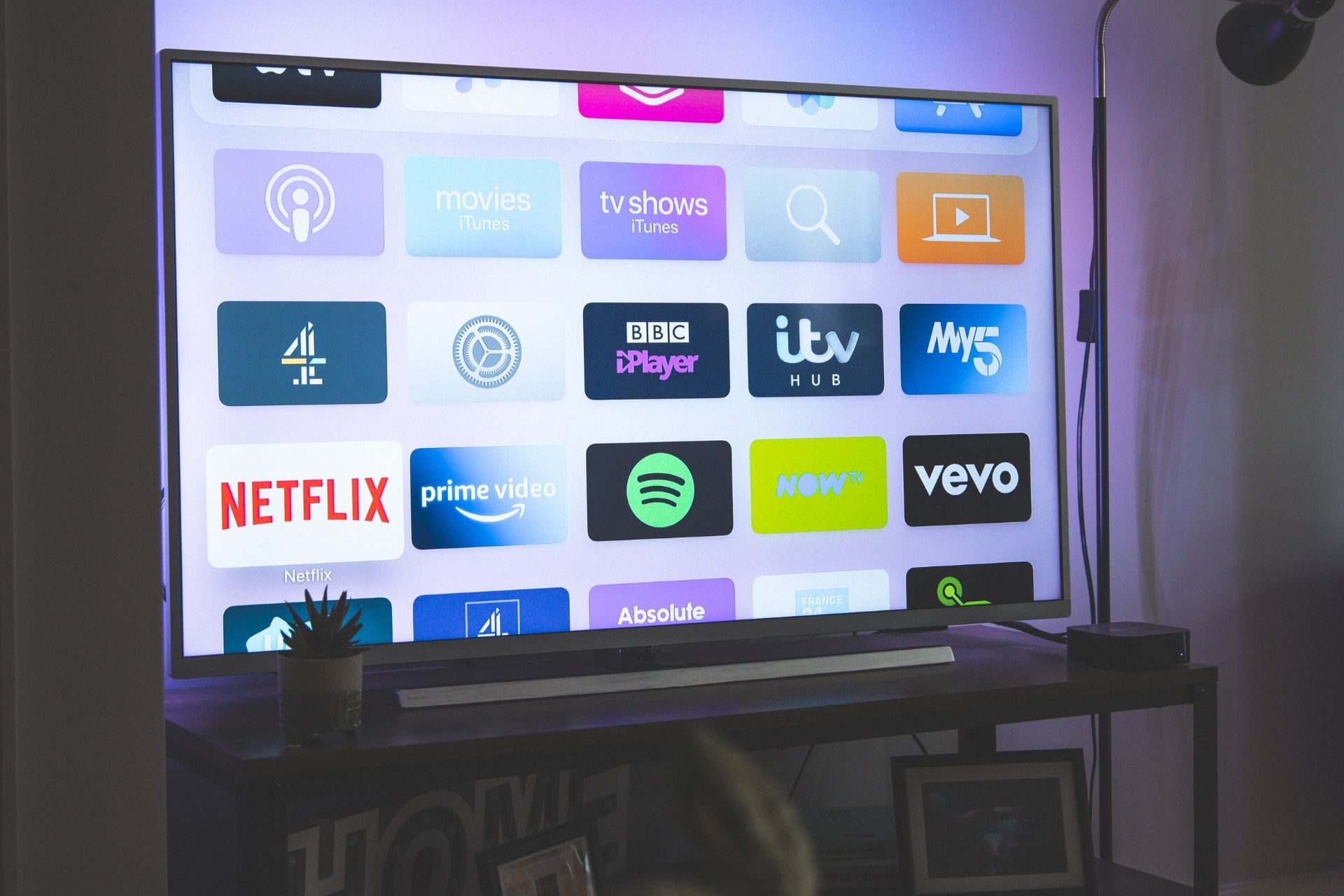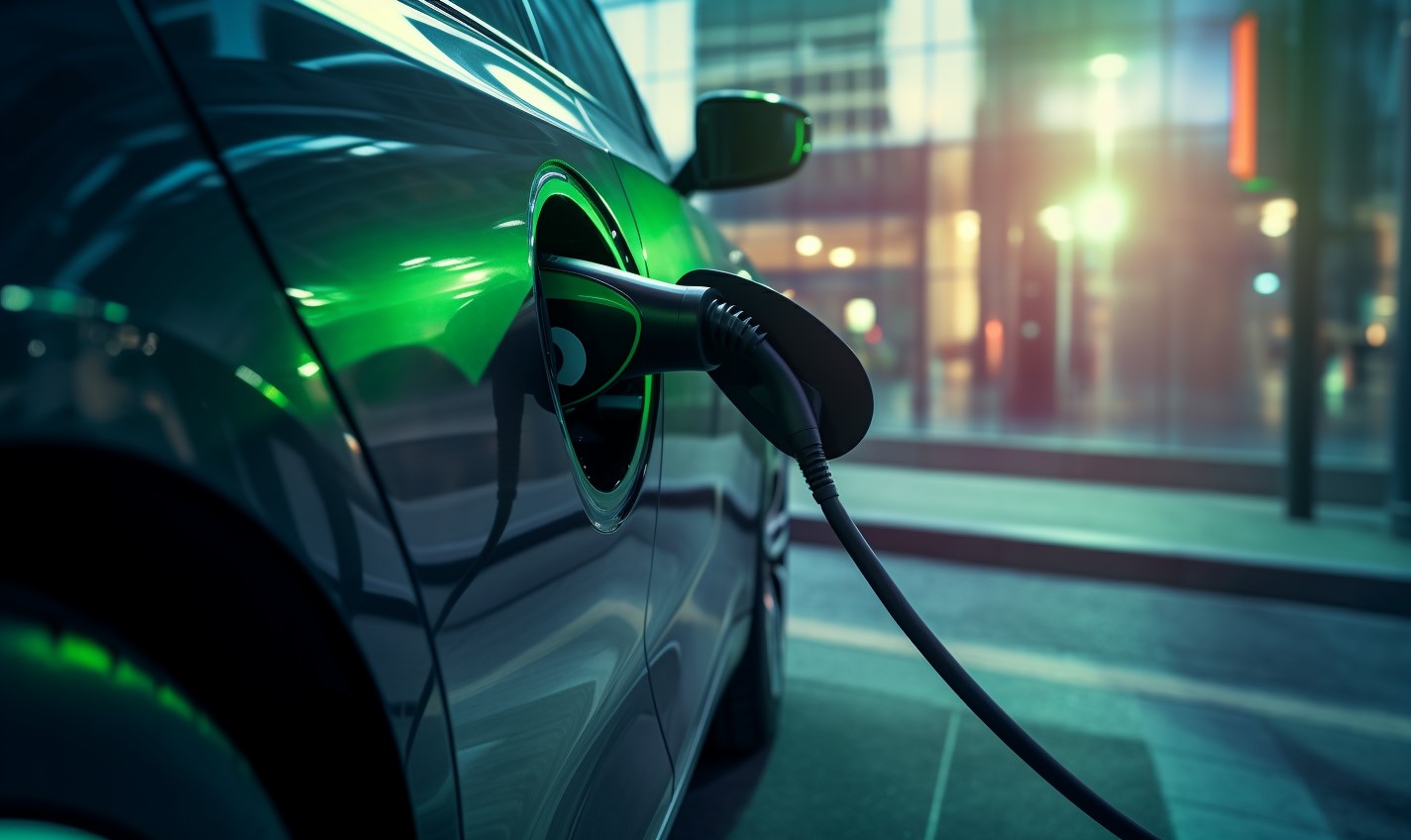If you’re having trouble sleeping, you’re not alone. According to the CDC, more than one-third of Americans don’t get the recommended seven hours of sleep a day. Thankfully the Internet of Things (IoT) may have a solution. More specifically, you can use the IoT for sleep to determine what you need for better slumber.
There could be several factors contributing to your lack of sleep, from blue light exposure to disruptions during the night. Whatever the causes, sleep deprivation can affect your health, both mentally and physically. To help get better sleep and avoid health risks, you can turn to the Internet of Things.
Here are five IoT for sleep technologies that can help catch some z’s.
Mobile Apps
Your phone’s functionality expands every day. Among the countless other services smartphones offer, mobile apps can track your sleep to help you get more rest.
Apps like Sleep Cycle pick up on signals like movement or snoring when you place your phone beside your bed. Using this data, you can get a picture of your sleep cycle and have the app wake you up during your lightest sleep phase in a given window. This way, when you wake up, you won’t be as tired.
Wearables
Wearable tech is one of the most promising areas of the IoT for sleep. Fitness trackers are among the most popular wearables, and many of these can help improve your sleep. Like sleep-centered mobile apps, fitness trackers can monitor your sleep cycles.
By looking at these cycles, you can figure out the optimal times to go to sleep and wake up. You want to organize your sleep schedule so that you don’t wake up during REM sleep, which will make you feel tired and confused. If you’re an Apple Watch owner, try one of the many sleep-tracking apps to become familiar with your nightly statistics.
Bedside Devices
CES 2020 showed off a variety of sleep technologies, including several bedside devices that help you fall asleep and wake up. These gadgets can play peaceful audio to lull you into dozing off and emit soft light to awaken you peacefully.
As part of the IoT, they can connect to your phone or smartwatch. This way, they can extend their services through these devices if you’re traveling. Some, like Hatch’s Rest+, can connect with other IoT devices like Amazon Echo.
Smart Pillows
It seems like every day there’s a new “smart” device. Now joining the ranks of smartphones and smart fridges is the smart pillow. On top of giving you a place to rest your head, the Zeeq Smart Pillow can track your sleep patterns and stop your snoring.
Small vibrations encourage you to move when the pillow senses you snoring, which will help you breathe better and thus rest better. The Smart Pillow can also connect to Alexa and IFTTT.
Sound Masking
You may find it hard to sleep because of the noise around your room, house or apartment. Sound masking IoT technologies like Nightingale can cover unwanted sounds while providing soothing ones in their place.
Nightingale consists of two speakers plugged into different sides of a room that project a “sound blanket.” This blanket masks distracting sounds with peaceful white noise to help you fall asleep and stay asleep. Like other IoT devices, it can connect to IFTTT or a range of smart speakers.
Tech to Avoid Before Sleep
Not all technology is beneficial in getting a good night’s sleep. Screens like phones or TVs emit harmful blue light, which can hinder your brain’s production of melatonin, a natural sleep hormone. If you use a smartphone app to track your sleep, try to make turning it on the only way you use your phone around bedtime.
Watching TV or playing video games can also make it harder to fall asleep. On top of the blue light they emit, these activities also engage your mind to a level where your brain will try to stay awake.
Some technology may distract you from getting a healthy amount of sleep, but the IoT now provides ways to reverse that. Using one or more of these technologies, you’ll be able to sleep longer and better.
Recent Stories
Follow Us On
Get the latest tech stories and news in seconds!
Sign up for our newsletter below to receive updates about technology trends














